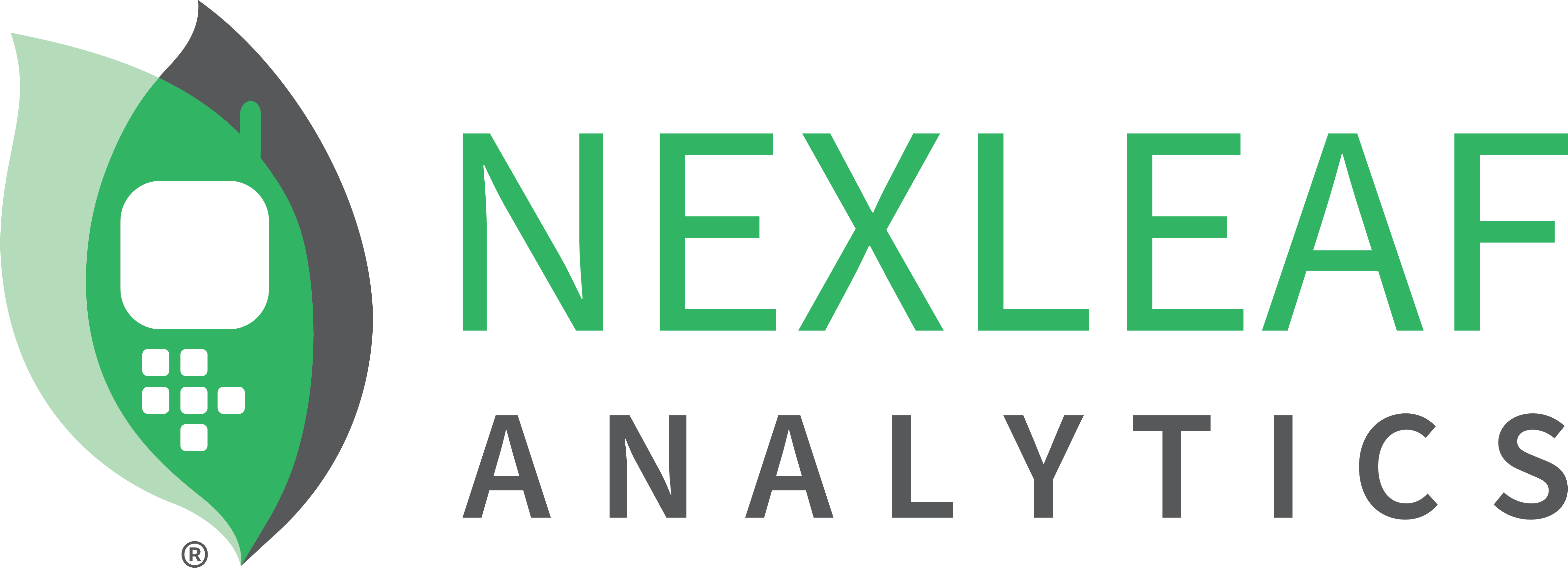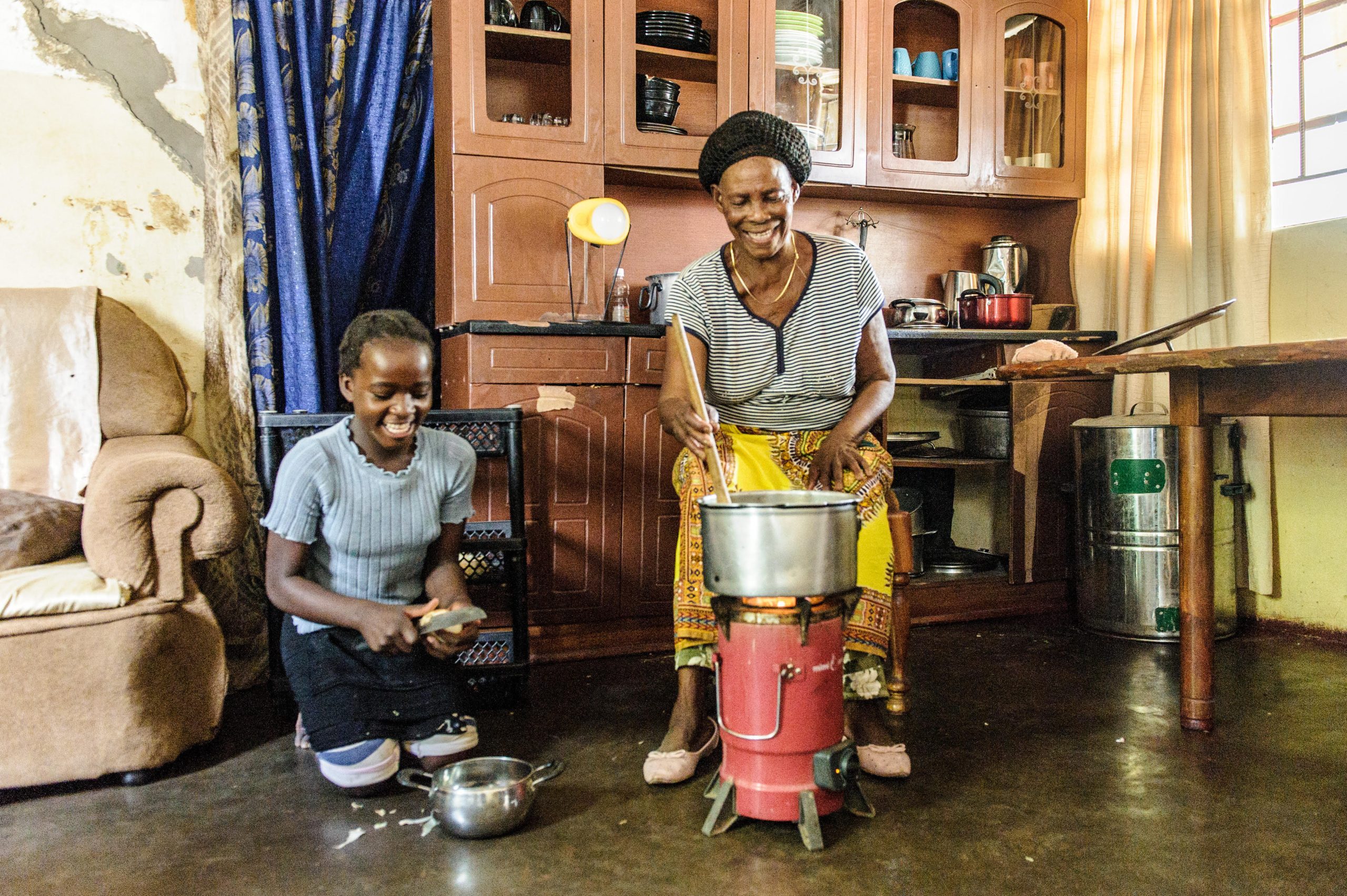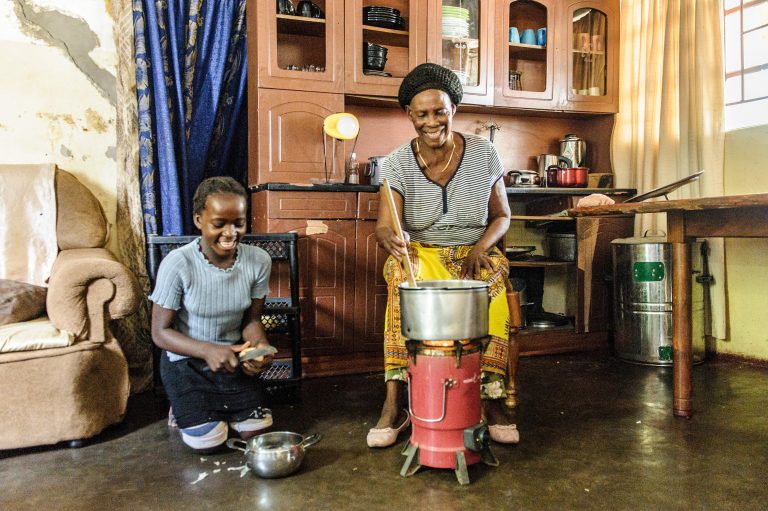A New Era of Data Availability in Clean Cooking?
How technology is changing the way we think about monitoring, reporting, and verification.
It’s long been an open secret that improved cookstoves projects claiming emissions reductions and selling carbon offsets are most likely overestimating their impact.
All clean cooking projects include some element of impact evaluation or measurement and reporting. Cookstove projects participating in the voluntary carbon market follow stringent methodologies requiring meticulous documentation and reporting. Even with these extensive requirements, a high degree of uncertainty still exists because the emissions reduction benefits of cookstoves are based on the behavior of individual people on a daily basis, and premised on the ongoing use of cleaner cooking alternatives and disuse of dirty solid fuels. While projects may diligently follow the required standards and survey many households to confirm their continued use of cleaner cookstoves, anyone who has ever completed a survey or observed a rural household cooking knows such measurements are rough estimates at best.
One of the first questions that Nexleaf asked over 10 years ago was whether sensor and Internet of Things (IoT) technology could offer an alternative to the rough estimates that comprise the bulk of monitoring, reporting, and verification in clean cooking. Now, several years after these early experiments, technological innovation is taking hold, methodologies are catching up, and there is real potential for high-quality and accurate impact data to guide progress in the clean cooking sector. When Nexleaf started developing solutions to the cooking monitoring problem over 12 years ago, we were one of only a few voices questioning the status quo and building improvements on data collection. What once seemed like far-fetched ideas, are blossoming into a reality, and the possibility of accuracy is real. A growing number of companies are now integrating IoT into their fuel delivery systems and cooktops, allowing for improved customer service by predicting fuel needs, learning the reality of cooking behavior, and unlocking the possibility of accurate measurements of stove use and impact.
We’ve been taking a look at the data collected by Emerging Cooking Solution’s new connected stoves. Emerging Cooking Solutions (ECS) spent the last 2 years integrating IoT into its stoves in Zambia, Malawi, and Mozambique with thousands of cookstoves now “online” and over 25 million cooking records in its database. The fans on the gasified pellet stove offer the opportunity to measure stove use by monitoring fan speed and use: the IoT device tracks when the fan is on, indicating that the stove is in use. The fan data provides an additional layer of insight on top of customer fuel sales: fan use can highlight customers whose use of the stove doesn’t match with their purchases of pellets, allowing ECS to better refine their pellet supply. It can also highlight households who aren’t using their stove, allowing ECS to proactively find out if a stove is no longer meeting a household’s needs, needs repair, or if the customer needs assistance.
What’s so exciting about these technological developments is the extent to which they can be integrated into the cookstoves themselves, offering a cost-effective way to monitor stoves at scale. A major barrier that came up in Nexleaf’s experience developing Stovetrace sensors—temperature sensors that could be attached externally to any stove—was operational cost and scalability. A durable sensor and data logger that could be added to a stove was usually too cost-prohibitive outside of smaller research studies and pilots. The integration of a simple printed circuit board alongside the fan of the SupaMoto is an elegant way to add a data collection function without adding significantly to the overall cost or causing an imposition to the household.
This is a particularly exciting add-on to fan-based gasifier stoves. This cooking technology holds great potential as arguably the only clean cooking technology that is truly clean (Tier 4 or above) and utilizes fuel that can be locally produced virtually anywhere. Emerging Cooking Solutions’ SupaMoto stove is an ultra-clean gasified pellet stove, with emissions nearly as low as liquified petroleum gas and using renewable biomass waste products as fuel, one of only a handful of stoves that can be considered truly pro-health and viable for the rural poor. Gasified pellet stoves have not received as much attention as other alternative fuels and stove types: perhaps high-quality data demonstrating use can help draw attention to this high-potential solution.
From a data analytics perspective, IoT data is still tricky to work with. IoT data presents an abundance of records to process and sort through. Decision-making is required around what “counts” as a cooking event, how much fan use is too much or too little to include, and how to properly flag disconnected or malfunctioning devices. In order for this type of integrated direct monitoring to take off as a more widespread measurement, recording, and verification alternative, there will need to be some consensus on how to manage and sort data, as well as an elevated level of data literacy among clean cooking companies.
Even with some refinement still needed, this type of direct monitoring provides a whole new level of insight into user behavior and, by extension, the actual impact of the cookstove. ECS CEO Mattias Ohlson explains that the fan data, despite some uncertainty on what constitutes a real cooking session and what is not, still has given them a whole new level of understanding of their customers. He also stresses that the fuel purchase data, backed up by electronic payment records from a third party (mobile money provider), although less granular than the fan speed, is the real “hard” data upon which for example carbon credit claims can be based on. He hopes that the connected stoves together with fuel sales data will bring much-needed trust and transparency to carbon buyers, and perhaps eventually fetch a higher price per tonne because of the elevated level of accuracy. With continued development and refinement, the Supamoto and other innovative stoves may be setting a new standard for carbon projects and the clean cooking sector as a whole.


